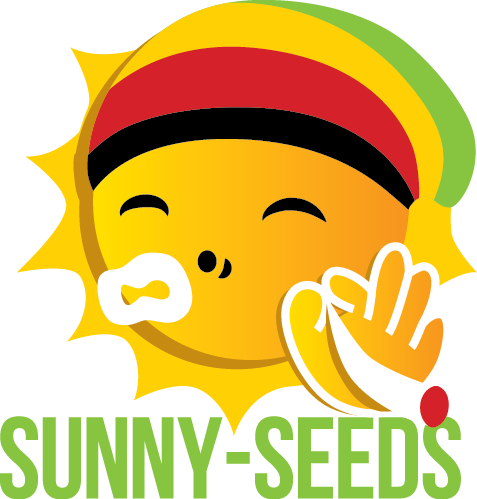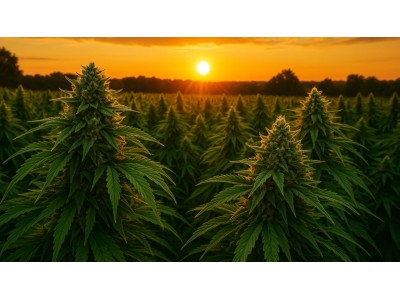0.00€
CheckoutWhen is the best time to top: age and stage of plant development
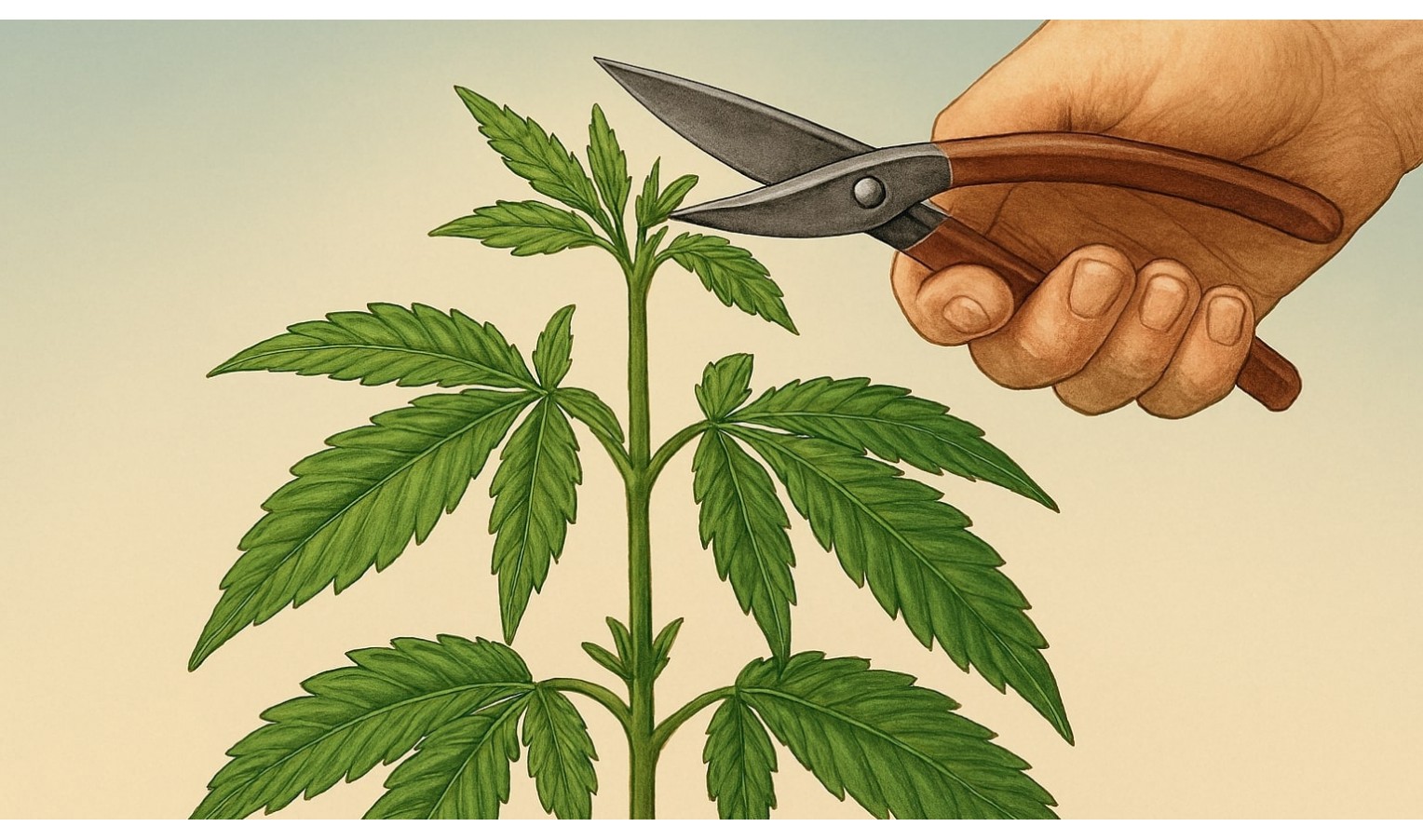
Marijuana topping is one of the most effective pruning methods used to control the growth and shape of cannabis plants. The essence of this technique is to remove the top of the plant, forcing it to redirect its energy to the development of side shoots. This approach helps to achieve an even distribution of light within the crown and stimulates the formation of more buds.
General information about topping and its significance
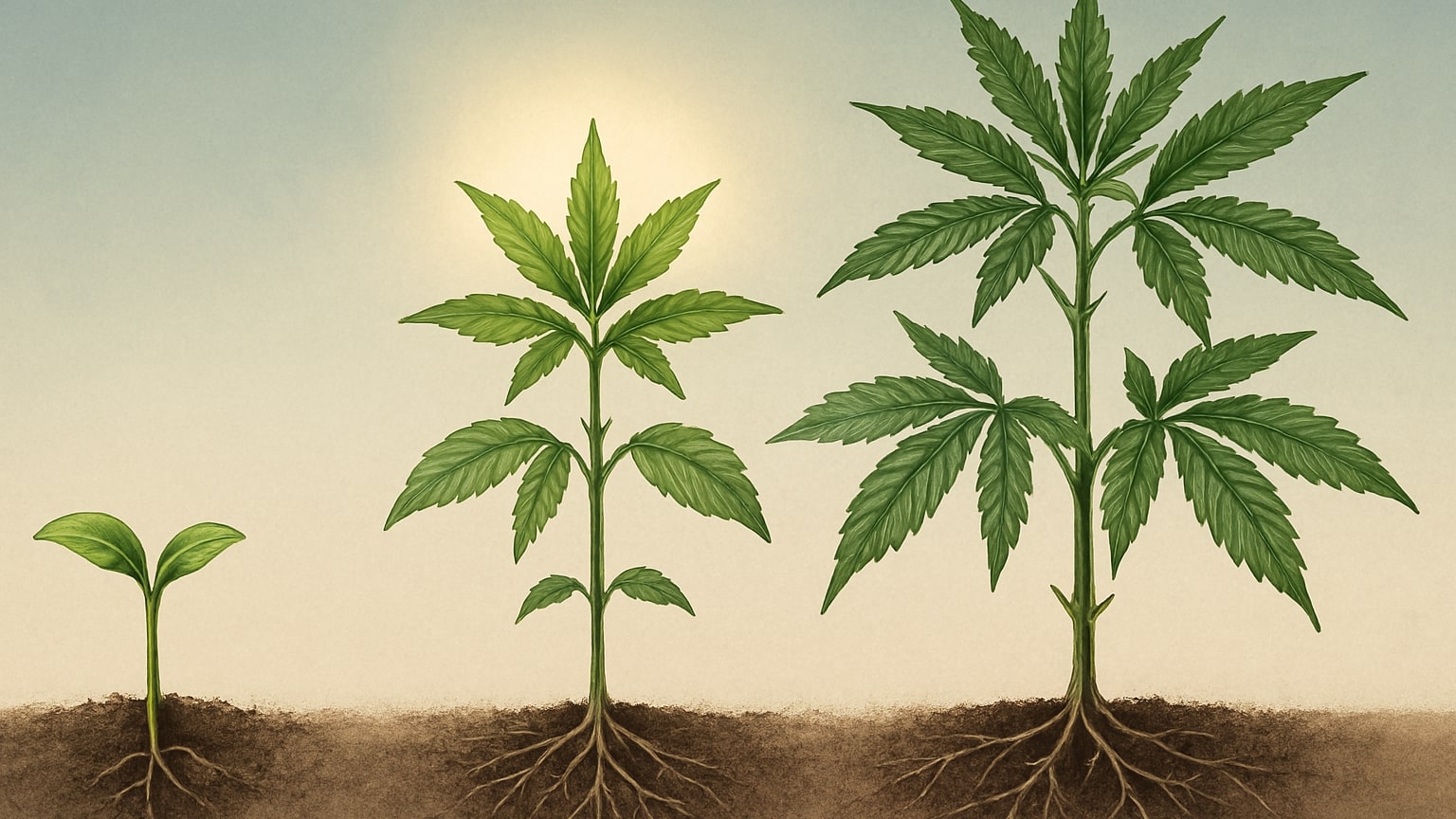
Cannabis topping is considered a stress technique (HST) because the procedure temporarily slows down growth and forces the bush to adapt to new conditions. However, when done correctly, it only has positive results—a more compact and balanced bush that is convenient for cultivation in grow boxes and outdoors.
It is important to note that plant development is directly related to nutrition. Micronutrients in cannabis plants play no less important a role than macronutrients: they affect stress resistance, recovery rate, and the formation of new shoots after cutting. If the crop lacks zinc, copper, or iron, stress after topping may be prolonged, and the growth of side branches will be less active.
Thus, proper topping and competent nutrition are the basis for the formation of a cannabis bush and increased yield. But to achieve results, it is important to know not only how to top, but also when to top, so that the procedure coincides with the optimal moment of vegetation.
At what age and at what stages is it best to do topping?

Choosing the right moment is the key to success. If a grower wonders at what age to do topping, the universal answer is: the plant should have at least 4 nodes, and optimally 5–6. During this period, the stem is already strong enough, the side branches are ready for active growth, and the bush is able to survive mild stress without serious consequences..
When is the best time to apply topping?:
- The stage of active vegetative growth — it is during this period that the bush is most resistant to stress and stress techniques.
- Age 3 to 5 weeks after sprouting — the plant has already accumulated strength but has not yet entered the pre-flowering phase.
- If there are 5–6 nodes, this is the optimal number of nodes for topping, when you can cut off the top and stimulate lateral branching.
Features depending on genetics:
- Topping indica — Indica plants are usually compact and grow quickly in width. Topping helps to further open up the side shoots, making the bush dense and productive.
- Topping sativa — Sativa plants stretch upward, forming long internodes. Here, topping is needed to control height and form a more manageable bush.
- Topping autoflowering strains is a risky move, as autoflowers have a short growing season. Gentle plant training methods (LST) are more commonly used to avoid losing the harvest.
- Topping feminized varieties — these plants offer more opportunities for experimentation, as they are genetically oriented towards a stable yield and respond better to stress techniques.
When planning the procedure, it is important to remember that topping during the growth stage requires proper nutrition. Here, the grower should consider not only the timing of the cut, but also the question: “What fertilizers does marijuana need at different stages of growth?” During vegetation, the plant needs nitrogen, calcium, and magnesium to strengthen the stems and actively recover after pruning. A lack of nutrition during this period can slow down growth and reduce the effectiveness of topping.
When you cannot top and care for the plant after the procedure
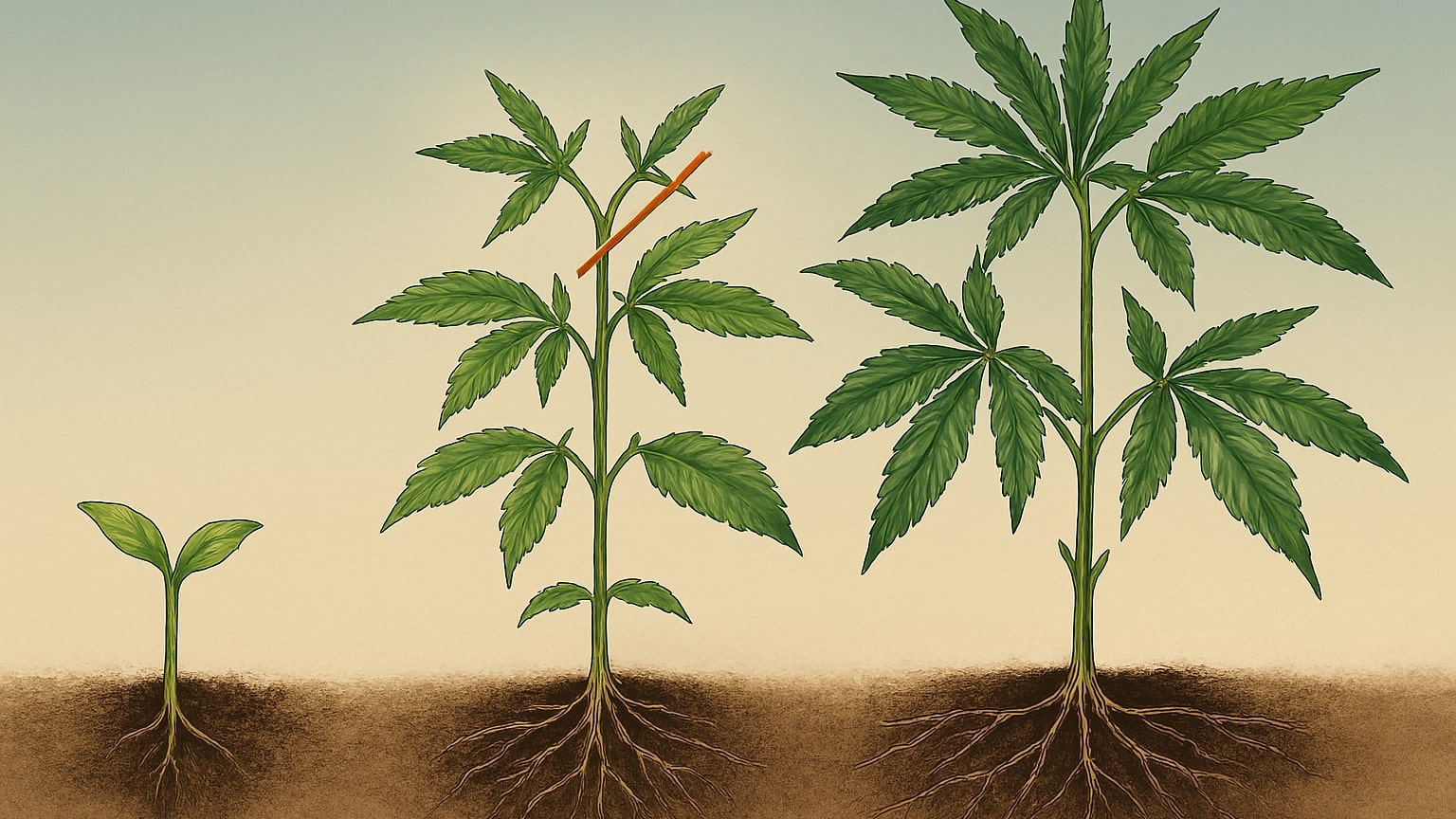
Despite its popularity, there are situations when topping should not be done. If the bush is too weak or is in an unsuitable phase, intervention can do more harm than good.
When is it better to skip the topping?:
- Young plants — if the bush has fewer than three nodes, its stem is not yet strong enough.
- The beginning of flowering — at this stage, all energy goes into forming buds, and stress can reduce the yield.
- Recent transplanting or disease — additional stress is undesirable when the plant is weakened.
- Nutrient deficiency or excess — for example, excess iron can cause chlorosis and impair recovery after pruning.
After the procedure, the bush experiences stress after topping. To speed up recovery, it is important to create optimal conditions: soft lighting, stable humidity, and balanced nutrition.
Caring for the plant after topping
| Care factor | What needs to be done | Why is this important? |
| Lighting | Use evenly, without overheating | Reduces stress and helps channel energy into new shoots |
| Watering | Keep it moderate, avoiding overwatering | Excess moisture after pruning slows down healing. |
| Fertilizers | Apply nitrogen, calcium, and micronutrients in moderate doses. | Accelerates tissue regeneration and activates the growth of lateral branches |
| Nutrition control | Ensure that there is no deficiency or excess of elements, including excess iron. | The right balance of nutrients reduces the risk of chlorosis and stunted growth. |
| Temperature and humidity | Maintain stable conditions (22–26 °C, humidity 50–60%) | The plant recovers from stress more quickly. |
Thus, caring for the plant after topping plays no less important a role than the moment of cutting itself. With the right approach, the bush will adapt more quickly, and the effect of topping on the harvest will manifest itself in the form of more uniform growth and a greater number of inflorescences.
This text is for informational purposes only and does not contain instructions for cultivation. Any actions involving plants of the Cannabis genus must comply with the laws of your country/region.
